Month: October 2022
“Buzz Aldrin’s Footprint in Lunar Soil”, July 20, 1969
silver gelatin print on PE paper, printed in 1984
24,1 (25,4) x 19 (20,3) cm
Price excl. VAT: € 5.000
“Earth Rise”, December 1968
color print on matte Kodak paper, printed in 1968
27,3 x 34,9 cm
Price excl. VAT: € 24.000
“The Far Side of Our Moon with Mare Orientale”,
1967, original collage of three silver gelatin prints
on matte fibre paper, printed by October 2, 1967,
56,2 (49,4) x 48,5 (42,5) cm
Price excl. VAT: € 40.000
“First Photo of Earth as Seen from Lunar Orbit”,
August 23, 1966, silver gelatin print on semi matte paper,
printed in 1966, 20,6 x 25,5 cm
Price excl. VAT: € 5.000
“Second Photo of Earth as Seen from Lunar Orbit”,
August 25, 1966, silver gelatin print on matte fibre paper,
printed in 1966, 45,6 x 56,3 cm
Price excl. VAT: € 80.000
“Gemini VI and VII, The First Rendezvous in Space”,
December 15, 1965, coated dye transfer print on matte fibre paper on original mount,
printed in 1965, 27,7 (40,6) x 35,0 (50,7) cm
Price excl. VAT: € 25.000
“Edward H. White, First American Spacewalk,
El Paso, Texas in Background”, June 3, 1965
vintage color print on glossy fibre Kodak paper, printed c. 1965
27,8 x 35,8 cm
Price excl. VAT: € 20.000
“Second Mars Photo”, 1965
silver gelatin print
19,4 (20,4) x 20,5 (25,9) cm
Price excl. VAT: € 3.000
“Atlantis on Mars”, July 14, 1965,
vintage silver gelatin print on glossy paper,
21,2 (25,9) x 19,4 (20,3) cm,
Price excl. VAT: € 3.000
Paris Photo 2022
DANIEL BLAU is pleased to present a trio of outstanding exhibitions at this year’s PARIS PHOTO. The renowned Munich gallery has emphasized photography since its foundation, and takes pride in its international reach and reputation and the range of contacts it has earned. This year, its contribution to PARIS PHOTO encompasses nearly 80 photographs, a tripartite arch spanning from early, massive cityscapes of Rome to wartime photographs capturing the Japanese attack on Pearl Harbor to the first, fascinating examples of photography from space. This is mankind at its most grandiose and monumental – but also at its most dangerous, and ominous.
The unbelievable happened in 1969. A spacecraft crewed by humans touched down on the moon. Even now, the moon landing, and the missions into space that led up to and succeeded it, retain their fascination for us. A curation of high-quality images, both in color and in black-and-white, are presented here as kaleidoscopic insight into the NASA missions of the late 1960s and ‘70s they document. It could be that even the photo-enthusiast public sees little special, today, in space photography, overwhelmed as it is by countless satellites sending back high-resolution glimpses into the cosmos. If we cast our thoughts back some 60 years, though, NASA’s photographs appear again in new light: the surface of the moon recorded by man, the earth photographed for the first time from that lunar surface, heavily historic and phenomenal images. From a scientific perspective, of course, these missions, of an era already receding into memory, gained mankind a wealth of new information and ways of understanding the universe around us. The stillness, though, the endless quiet of these photographs, the play of light and shadow on another world and beyond our ken, the colors glistening off the horizons of other planets and into boundless space – these are artworks, pure, and fascinating moments in the history of photography.
The exhibition “KRONOS” features photographs taken on December 7th, 1941, of the Japanese attack on Pearl Harbor. The photographic propaganda material that helped define perceptions of the surprise attack stemmed from unlikely sources, from snapshots and the corners of unintentionally well-timed holiday memories. An otherwise innocuous beach scene contains a massive explosion; a section of Pearl Harbor is found in a birds-eye overview. We see concentric waves making their way towards a row of ships – in only a moment the waves’ torpedo will strike one. Daniel Blau has assembled an important collection of photographs, from multiple origins and a wide variety of techniques, documenting the attack. U.S. Navy photographers and rarely represented Imperial Japanese Army photographers are displayed alongside one another for the first time. What results is a haunting window into one brief instant in time, the historic flash of an unanticipated, world-altering attack, into the very nature of war photography and propaganda, and into the artistry and philosophical perspectives at play between explosions and snapping shutters.
One more highlight of this year’s presentation brings us into the classical past and before a different sort of grandeur, a monumental modern image of an antique monument. The largest enclosed building of the ancient world, the Roman Colosseum, was captured in photography by the Roman urban photographers Tommaso Cuccioni (1790-1864) and Giuseppe Ninci (1823-1890). The building itself dates to AD 79; the print is the earliest dated work our gallery is showing at Paris Photo, and one of the earliest large-format architectural photographs of any kind. It is an unusual piece of art, an albumen print almost 1.5 meters wide and executed in three parts. Ninci learned the craft of photography in Cuccioni’s studio, opening his own around 1866 not far from the Spanish Steps. Both photographers were known for their oversized topographic images of the Eternal City, as spectacular in their own right as the ancient edifices themselves are.
PARIS PHOTO
Grand Palais Éphémère
Place Joffere
75007 Paris
Booth B14
Fair Dates:
Vernissage (by invitation only):
Opening Hours:
Wednesday,
November 9, 2022
3 pm – 9 pm
Public Opening:
November 10 – 12, 2022
Opening Hours:
1 pm – 8 pm
November 13, 2022
Opening Hours:
1 pm – 7 pm
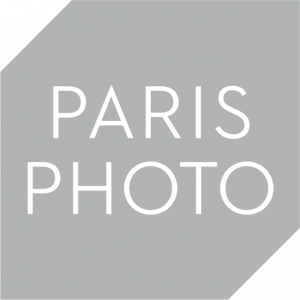





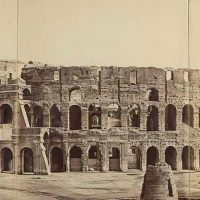
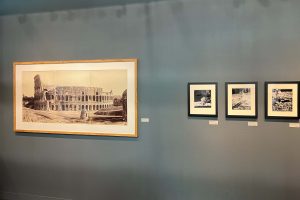
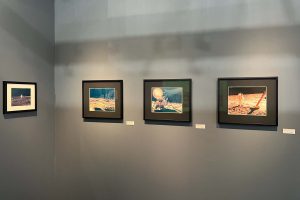
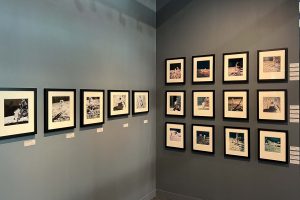

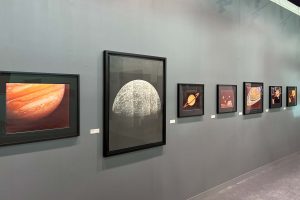

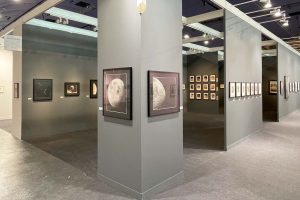
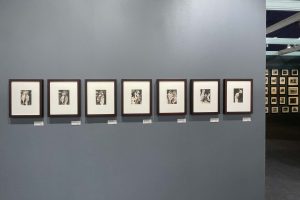

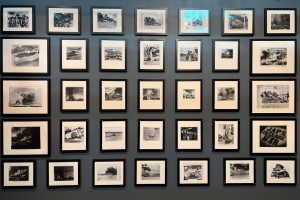

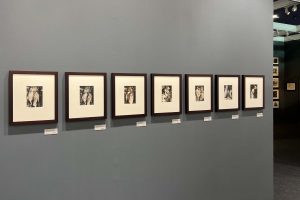
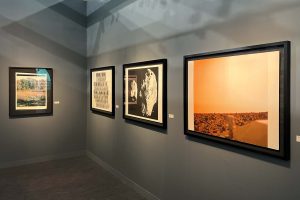
 +49 89 29 73 42
+49 89 29 73 42